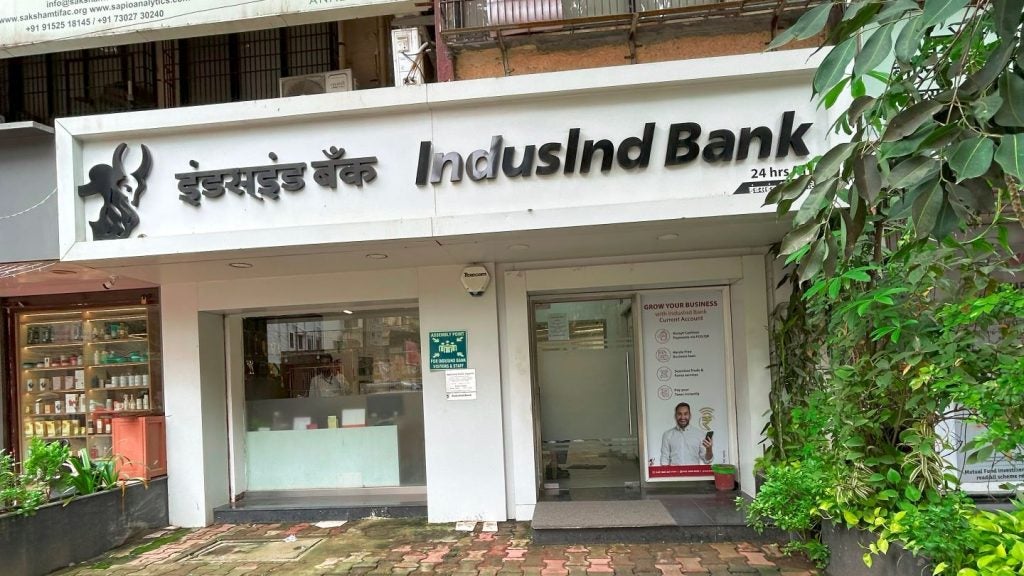Banks across the world are at a critical moment.
On one level the sector is booming. As McKinsey notes in its 2024 Banking Report: “The past two years have been the best for banking since before the global financial of 2007–09, with healthy profitability, capital, and liquidity.”
With more than a $1tn total profit a year, banking is the world’s most profitable sector. So, what do they have to be worried about?
In simple terms, much of that recent success is a factor of high interest rates. Rates are falling across the world: the European Central Bank is nearing the end of its rapid rate-cut cycle and the Bank of England has recently reduced rates to 4.25%. As a result, banks will in the next 12 months need to address fundamental issues of who they are, who they’re for, and the value they bring.
Resolving the identity crisis
This identity crisis has been building for some time, as the digital revolution calls into question the branch network that’s underpinned retail banking for decades, trust erodes in institutions across society including established banks, and a new generation of challenger banks have emerged.
Fundamentally banks need to find a way to reconcile people’s need for efficient day-to-day banking with their need for more profound financial services which require relationships based on trust. Heritage banks need to recognise the valuable asset beyond their balance sheets: authentic customer relationships. With thoughtful brand strategy and experience design, they can emerge as trusted life partners rather than utilities.

US Tariffs are shifting - will you react or anticipate?
Don’t let policy changes catch you off guard. Stay proactive with real-time data and expert analysis.
By GlobalDataGetting this right is not easy, but it can be done, and it presents a significant opportunity. Banks can recast themselves as – rather than pushers of financial products – providers of life support so that people can live as they want and aspire to. They can find ways to play a role in ‘new’ parts of customers’ lives (not automatically associated with just money) and remain ‘relationship-relevant’ as people’s priorities change through their lives.
Banking’s true value
At the heart of this is to get beyond the screen of what banking seems to be, to what the true potential life-value of it can be. The life-value to customers is also where the commercial value to banks is – the latent secondary needs beneath the surface of what people might initially approach a traditional (or ‘heritage’) bank with.
Brand strategy
In the often dry, rational, and unemotional world of banking, we have found that exciting inspiration can be created using our unique Life Map. This helps shift attention away from the obvious areas of engagement around the bank’s own products and services, and towards a customer’s complete life picture. That’s where ideas and innovation can be sparked. We can find new possibilities for meeting people where they are in their lives, building dialogue around what they’re doing and want to do, rather than ‘selling’ the products banks want them to ‘buy’.
Experience design
Heritage banks can rebuild trust by reimagining their ‘branches’; as places people genuinely want to spend time in – not just spaces to complete transactions.
For instance, B-Works powered by Yorkshire Bank (now rebranded Virgin Money) in Manchester, does exactly this. The experience concept we created is a flexible, engaging destination that doesn’t feel bank-like. Instead, it’s a venue where, throughout the day and the week, a programme of activities inspire, stimulate and engage local people in face to face discussions about personal life ambitions. By blending co-working, small business incubator areas, private meeting rooms, relaxed café-style seating with event spaces for gatherings around yoga, music or hot financial topics to that matter to customers, it becomes more than a bank; it becomes part of customers’ daily lives. It’s a living, activated, life-first not product-first space. That just happens to stratospherically outperform the most comparable ‘branches’ in commercial performance.
Similarly, İş Mekan, by I-AM for İş Bank in Turkey, also re-purposes a large city street branch to connect with people in areas of life that go beyond financial services. Drawing on the bank’s strengths in retail, art, culture, sustainability, and education, the space hosts community events, offers co-working areas, a café, and even a physical showcase for their online marketplace. An integrated app allows visitors to view events, book workspaces, and purchase tickets, while a curated programme of activities ensures the space stays vibrant and relevant.
In both cases, the branch becomes a living, breathing extension of the brand, rooted in people’s real lives, building emotional connections & relationships, earning trust and generating business through inspiring, meaningful, relevant in-person experiences.
A moment for reinvention
Life-led transformation of legacy models will take effort, investment and vision. We are after all talking about moving beyond a banking paradigm that’s been established for decades. But it has the potential to be more powerful than any promise banks can make in a brilliant ad.
The ones that can make this leap, will stop losing customers to new fintech or remote-only players, losing latent sales due to reduced face to face contact opportunities, and losing business through an apathetic, brand-disengaged customer base not motivated to manage their finances more actively.
They need to find new ways to get their true stories across, to engage customers in what they actually do, and so to inspire and stimulate their customers to talk to them about and trust them with their life plans.
While recent years have brought record profits – largely fuelled by high interest rates – this window is closing. Banks must now confront what comes after the boom. It looks like a problem – but it’s an opportunity dressed up as one, for the imaginative, enlightened and customer-focused.
Pete Champion, co-founder, I-AM









